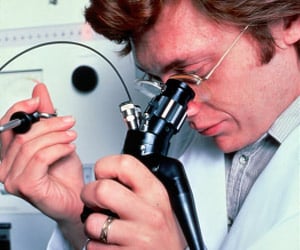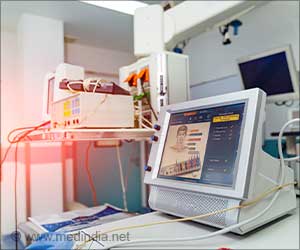
‘The newly developed device was fabricated using a 3D printer and showed capable of early Parkinson’s disease diagnosis. ’
Tweet it Now
“It can be printed in various shapes and sizes. It can also be miniaturized to create a genuinely portable device that requires a very small sample,” said Cristiane Kalinke, first author of the article.
Exploring the Benefits of Low-Cost Sensor for Early-Stage Parkinson's
To build the sensor, the researchers used a commercial filament made basically of polylactic acid (PLA), a biodegradable polymer, associated with a conductive material (graphene) and other additives. Three electrodes printed on the plastic substrate by additive manufacturing were chemically treated to make them more conductive and stimulate formation of a surface layer of functional groups (carboxyls) that bind to antibodies.The activation process entailed removal of the polymeric insulating surface from the electrodes by immersion in sodium hydroxide (NaOH) and application of an electric potential (positive and negative). A reaction was then promoted between antibodies and PARK7/DJ-1 to produce a diagnosis. Specific antibodies for PARK7/DJ-1 were immobilized on the surface of the electrodes, and the sensor was used to detect the protein at three levels: 30 μg/L, 40 μg/L and 100 μg/L. The average level in patients diagnosed with Parkinson’s at different stages is approximately 30 ± 9 μg/L, according to data in the scientific literature.
Source-Eurekalert











